Warm Floors for Under $40: Skip the $5,000 Installation
Cold floors got you dreading winter mornings? Here’s a secret that’ll make your friends think you dropped serious cash on a fancy heated floor system. Professional radiant heating can cost thousands to install, but this Amazon find delivers the same cozy warmth for under $40. Modern electric heating systems work just as well as expensive installations (Amazon), and the best part is you can install it yourself without tearing up your floors or calling in contractors.
Difficulty: Moderate
Time: 2-3 hours
Cost: $40-200, depending on coverage area
Why You’ll Like This (Quick Intro)
You know that feeling when you step on a cold bathroom tile first thing in the morning? That little shock that makes you question all your life choices? Those days are about to be over. This is not some flimsy heating pad; it is a legitimate radiant floor system that delivers professional results at a fraction of contractor prices. Real heat, right under your toes.
Electric heating mats generate 15 watts per square foot (Amazon), matching high-end installations. Some manufacturers (e.g., WarmlyYours) offer 25-year warranties and UL listing; warranty/UL status varies by brand—check the product page, and that proves these are not cheap knockoffs. They also create targeted warm zones instead of heating your entire house (Amazon). Think warm bathroom and kitchen mornings without cranking up the thermostat for your whole home.
What You’ll Need
Materials
Electric heating mat (sized for your room coverage)
Digital thermostat with floor sensor
Tile adhesive or thin-set mortar (if installing under tile)
Floor covering material (tile, laminate, vinyl, etc.)
Tools
Utility knife or mat cutter
Digital multimeter for resistance testing
Non-contact voltage tester
Screwdriver set (Phillips and flathead)
4 ft (1.2 m) level
Shop vacuum or broom
Safety First
Power OFF at the breaker, verify with a non-contact voltage tester
Adult supervision is required for all electrical connections and testing
Never cut the heating wire. Only the mesh backing can be trimmed
Test mat resistance with a multimeter before, during, and after installation
Ensure GFCI protection on the circuit, required for wet locations
Note: UL-listed systems are rated for wet locations like bathrooms (Amazon)
Steps
Test your heating mat with a multimeter before you start. Check resistance matches the manufacturer’s specifications. This confirms everything works before you commit to installation.
Clean your subfloor thoroughly, sweep, vacuum, and scrape off any dried adhesive, drywall mud, or debris. The heating mats must lie completely flat against the surface for even heat distribution.
Tip: Corners hoard crud, give them an extra pass.
Plan your layout, start from the corner nearest your thermostat location. Heating mats come with pre-applied adhesive backing that sticks directly to your subfloor (YouTube).
Note: Once this adhesive hits the floor, repositioning becomes very difficult.
Roll out the heating mat slowly, pressing firmly as you go. When you reach corners or obstacles, you can cut the mesh backing, never the heating wire, to fit around them (Amazon).
Tip: Think of it like wrapping a present, fold and tuck the mat to fit your space.
Run the sensor wire from the mat to your thermostat location, keeping it positioned between heating cables for accurate temperature readings.
Why it works: The sensor between cables measures actual floor temperature rather than ambient air temperature.
Install the digital thermostat in a standard electrical box. Some thermostats require a deeper standard electrical box — follow the thermostat manufacturer's installation manual and use a licensed electrician if unsure.
Connect the wiring following the included diagram. Systems work with both 120V and 240V power (GTD Supply), so verify your electrical setup matches the mat specifications.
Test the complete system before installing the final flooring. The thermostats switch between Fahrenheit and Celsius (VEVOR Reviews) and include programmable schedules with GFCI protection (Amazon).
Why it works: The adhesive backing creates permanent bonds with subfloors while allowing efficient heat transfer through final floor coverings. Small-area installs (eg, a small bathroom) can be done in a few hours; larger rooms typically take longer and often require an electrician/tiler. The adhesive holds strong even when applying thinset mortar over it (VEVOR Reviews).
Cleanup & Disposal
Store leftover mat material in a dry location for future repairs or expansion
Dispose of adhesive backing and packaging per local recycling guidelines
Keep all documentation, warranty information, and resistance test results
Clean tools right away, dried thinset is tough to remove
Troubleshooting
Problem: Mat will not heat up → Fix: Check all electrical connections and verify mat resistance with a multimeter matches specifications
Problem: Uneven heating across the floor → Fix: Ensure the mat lies completely flat with no air bubbles or debris underneath
Problem: Thermostat displays error codes → Fix: Verify floor sensor placement between heating cables and check all wire connections
Problem: GFCI trips repeatedly → Fix: Test the mat for damage and verify proper electrical installation
Variations & Upgrades
Budget starter: Begin with small bathroom mats, under $40, to test the system before tackling larger areas
Renter-friendly option: Look for ultra-thin heating pads that work under area rugs without permanent installation
Luxury upgrade: Add Wi-Fi programmable thermostats for smartphone control and energy monitoring
Real-World Performance
Users consistently report that these systems maintain comfortable temperatures without loud wall heaters (VEVOR Reviews) and work flawlessly through entire heating seasons. The systems handle tile, laminate, engineered hardwood, stone, and vinyl flooring (GTD Supply), making them versatile for any room. One creative user even embedded a system in concrete dog kennel flooring (VEVOR Reviews), proving these mats handle demanding applications.
Professional heated floor installations cost thousands and require major construction, but these electric systems deliver equivalent comfort at a fraction of the price. Users specifically recommend these systems over installations costing three times as much (VEVOR Reviews). Modern electric heating systems are not intimidating with proper planning (Coohom), and you avoid the major floor reconstruction that traditional hydronic systems require.
FAQ
Can I install this under any type of flooring? Yes. These systems work with tile, laminate, vinyl, engineered hardwood, and stone. Check manufacturer recommendations for your specific flooring type and maximum temperature limits.
Will this significantly increase my electric bill? The systems create targeted warm zones instead of heating entire houses, which can reduce overall heating costs. Operating cost varies by area and run time — example vendor estimates ~ $0.07 per hour for a 40-sqft mat (≈$1.68/day if run continuously); actual cost depends on kWh price and usage.
What if I damage the heating wire during installation? Always test with a multimeter before, during, and after installation. If you damage a wire, most manufacturers offer repair kits, but prevention through careful installation is much easier than repairs.




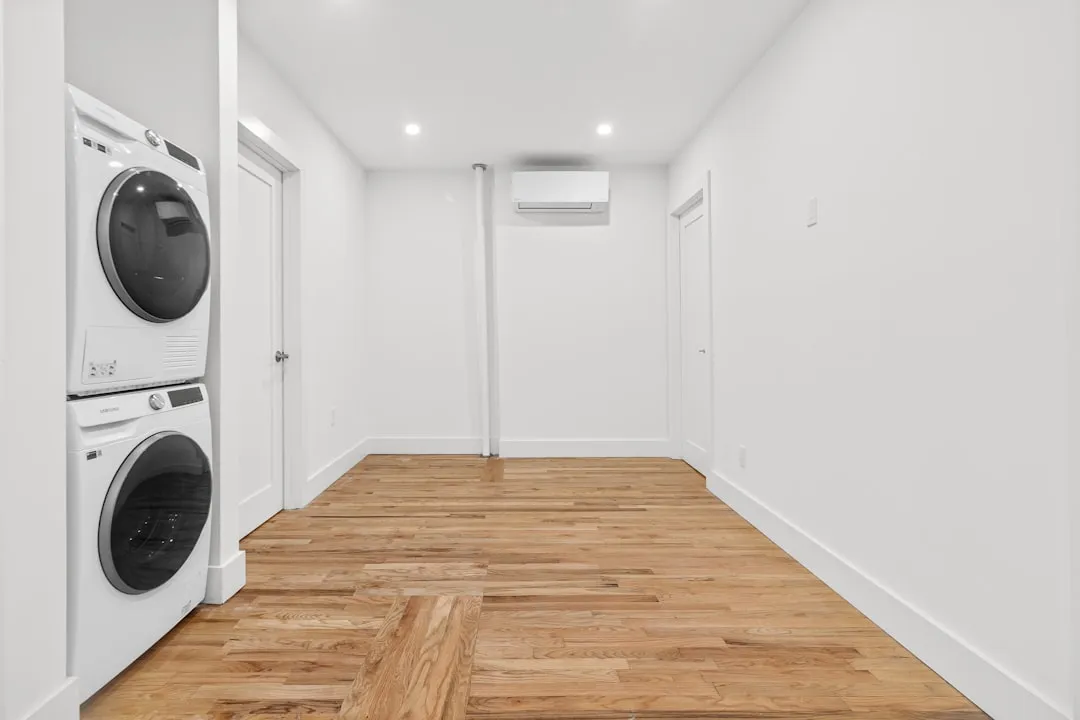



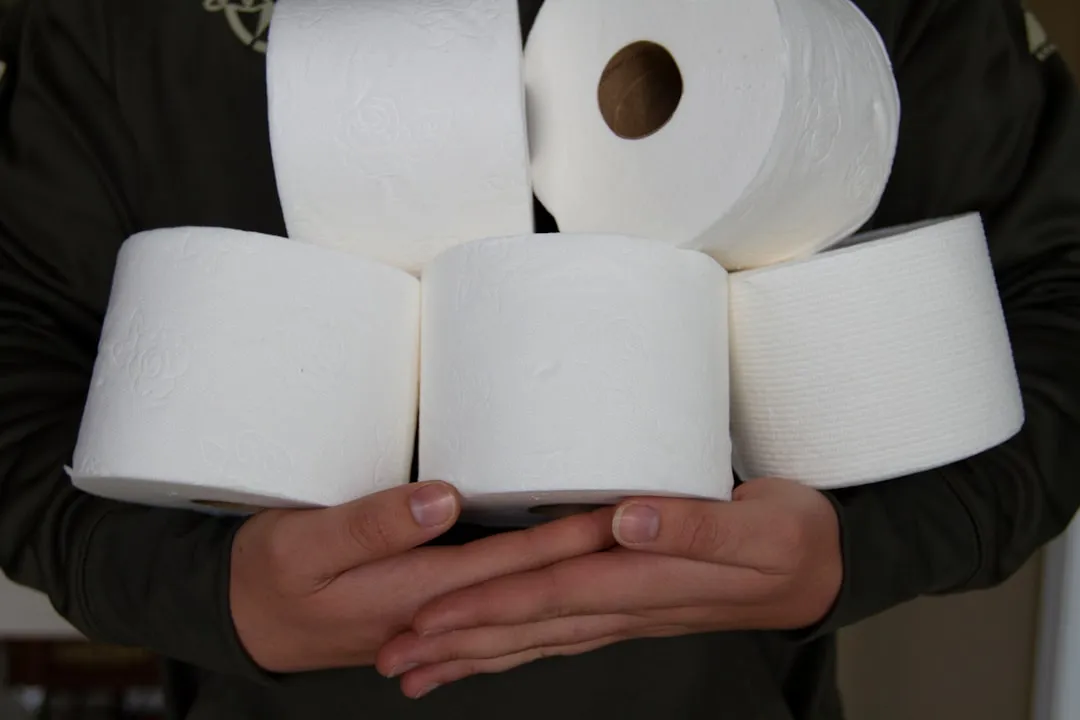
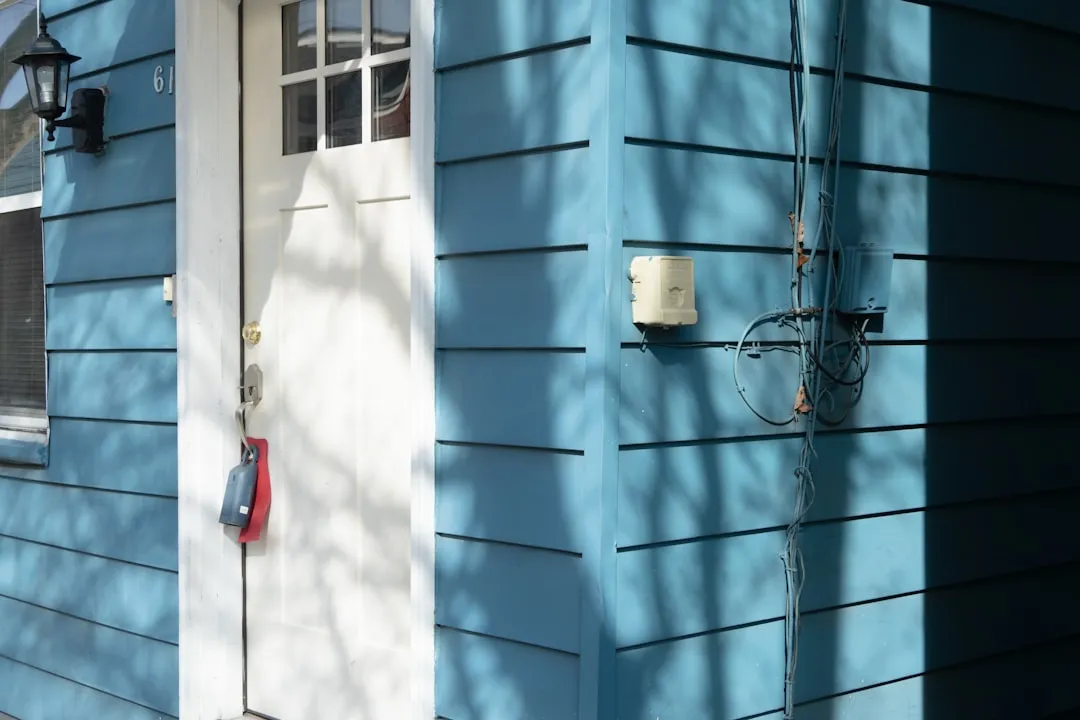
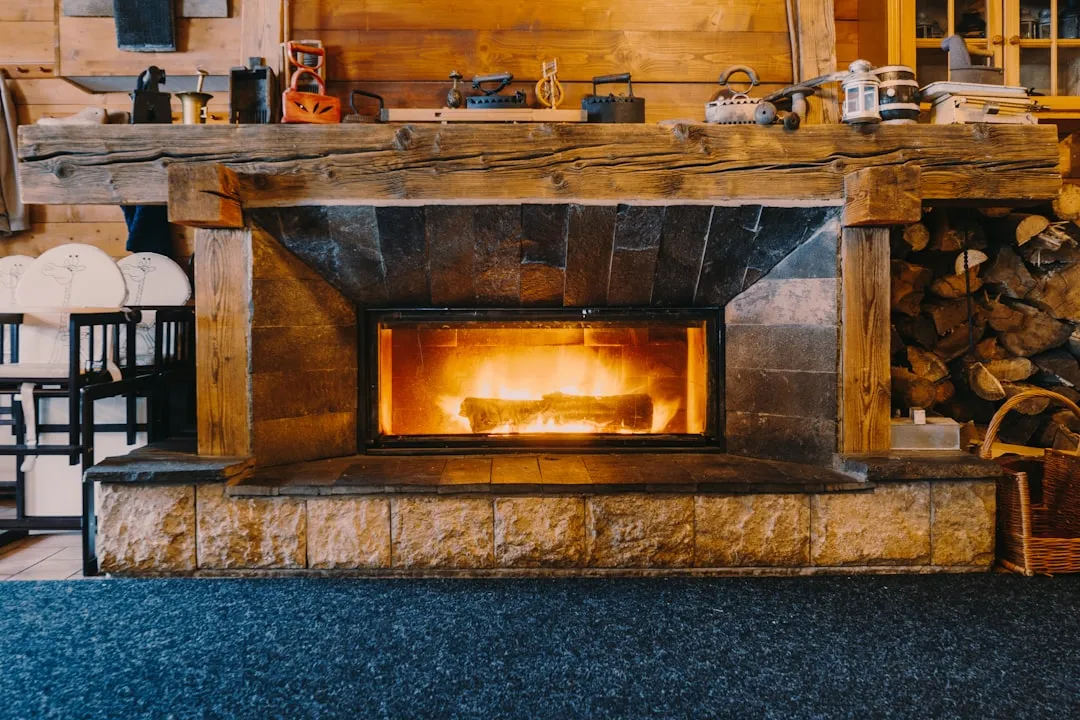


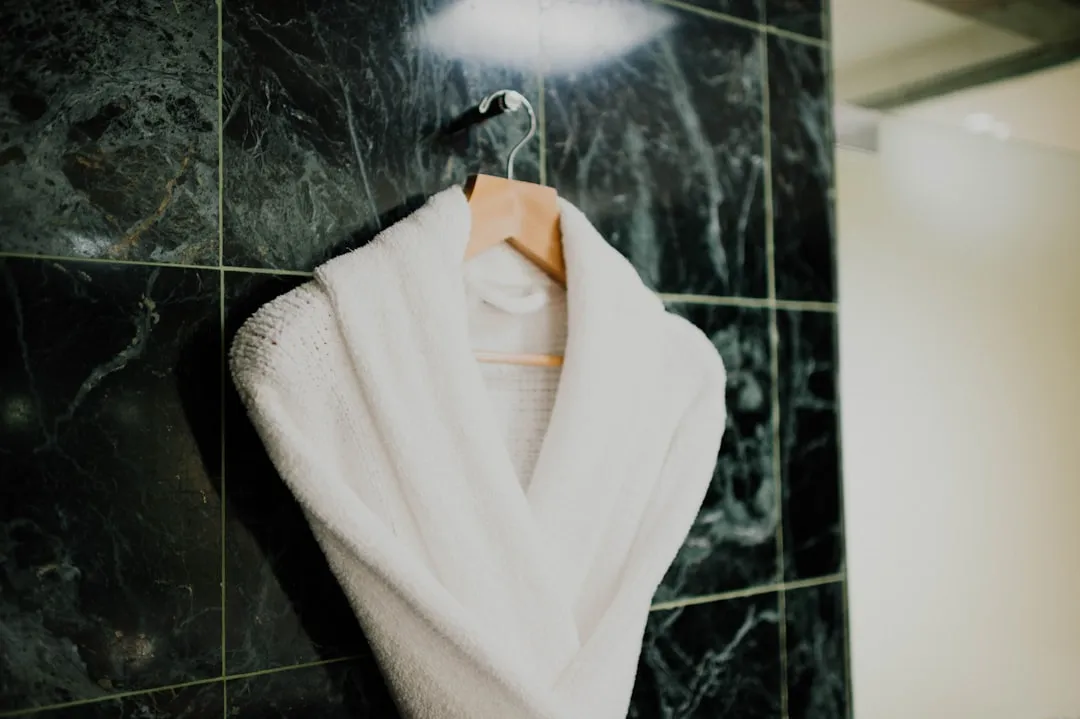
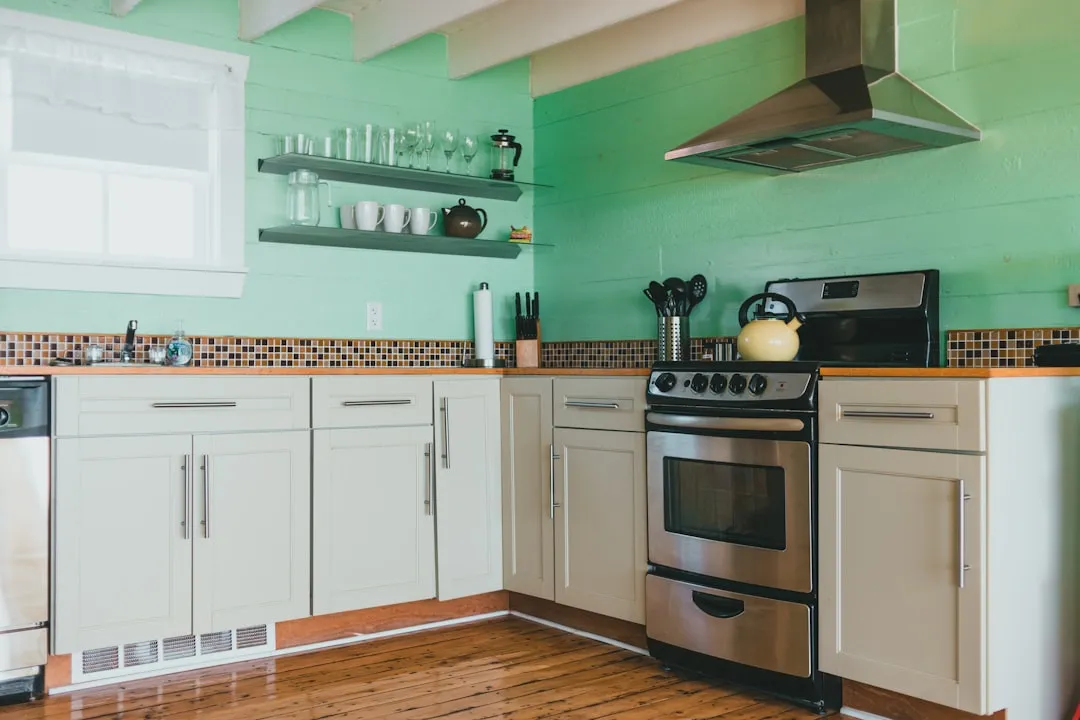






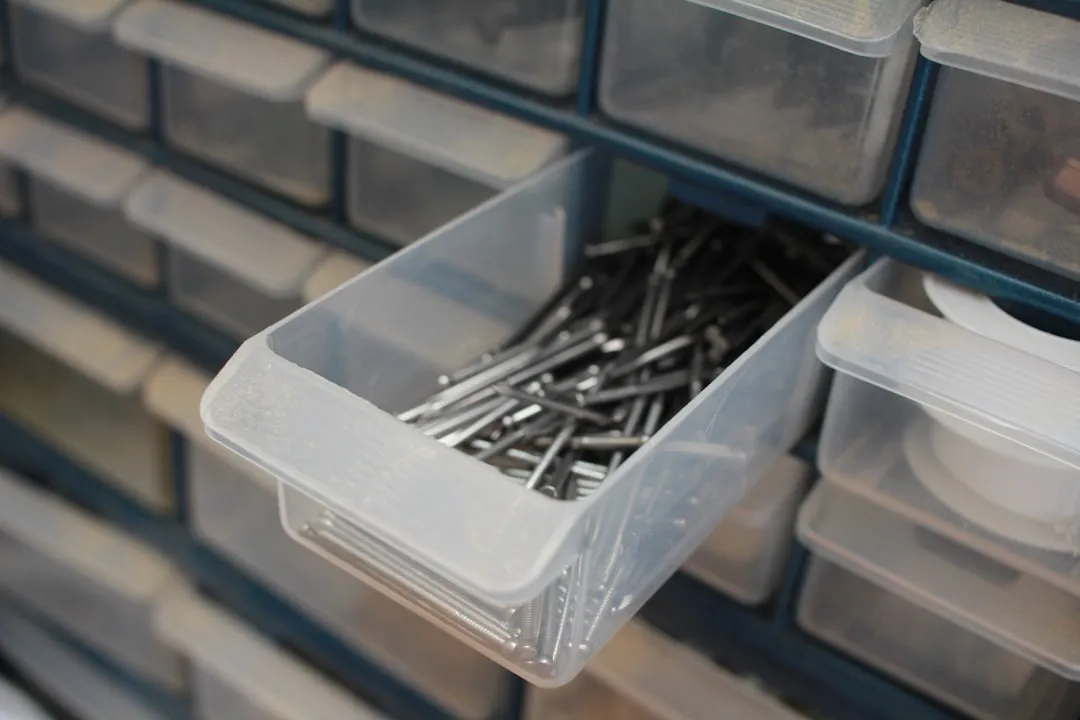


Comments
Be the first, drop a comment!